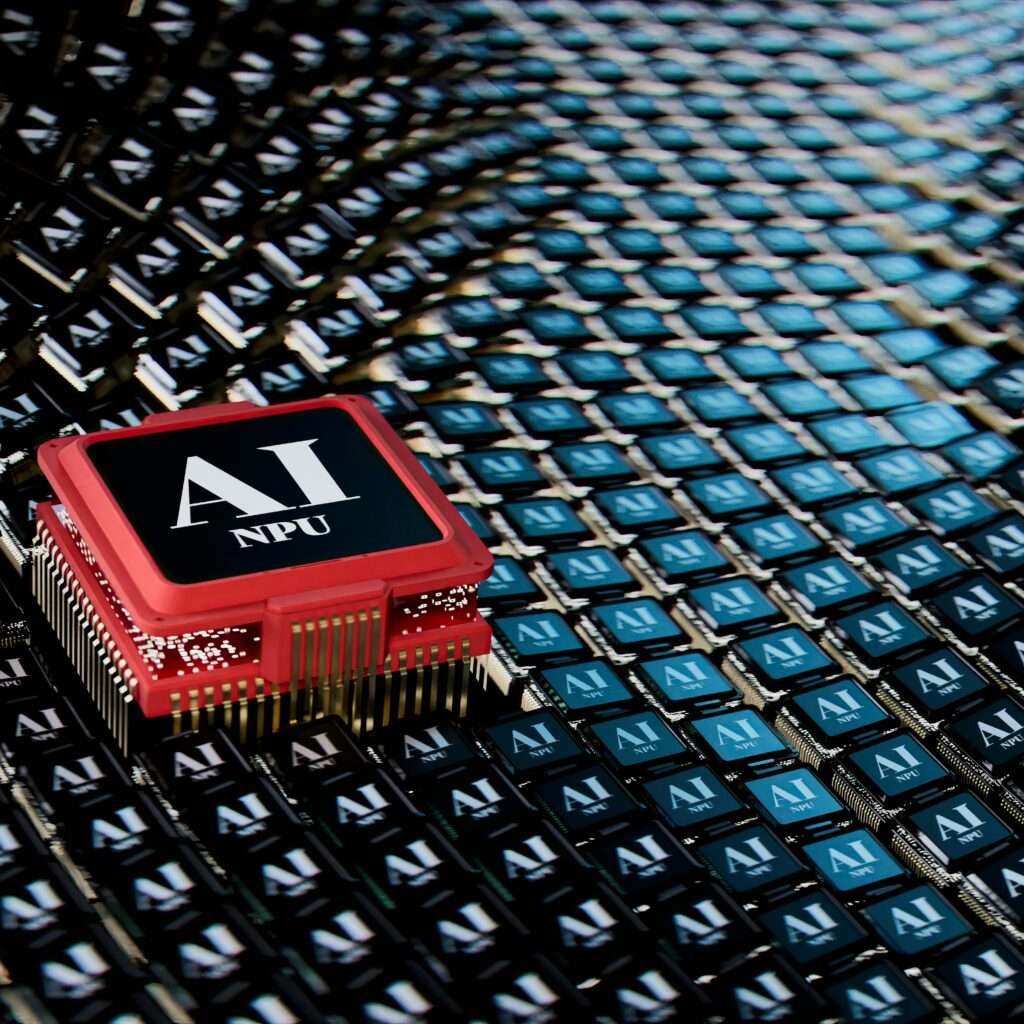
Introduction:
In today’s fast-paced creative landscape, managing resources effectively is crucial to the success of any project. Teams often struggle with resource allocation—balancing workloads, predicting delays, and ensuring every team member is optimally utilized. Poor resource management can lead to missed deadlines, overburdened teams, and ultimately, unsatisfactory project outcomes.
This is where TCHACHO, a cutting-edge creative workflow collaboration platform, steps in. With the help of artificial intelligence (AI), TCHACHO revolutionizes resource allocation by analyzing past project data to forecast future resource needs and optimize team assignments, ensuring that every project runs smoothly from start to finish.
The Challenge:
Creative projects are unpredictable, and manual resource allocation often leads to inefficiencies. Project managers frequently face these common issues:
- Inconsistent Workloads: Some team members are overloaded while others are underutilized.
- Unforeseen Delays: Tasks take longer than expected, leading to a ripple effect across the project.
- Resource Planning Errors: Difficulty in predicting the right amount of resources needed for a given task or project phase.
Without data-driven insights, resource management becomes a guessing game that can impact project timelines and quality.
The AI Solution:
TCHACHO leverages AI to take the guesswork out of resource management. By analyzing data from past projects—including team performance, time taken for specific tasks, and workload distribution—TCHACHO’s AI model can:
- Forecast Resource Needs: AI predicts the number of resources required for a project based on its size, complexity, and past similar projects.
- Optimize Team Allocation: The system intelligently assigns team members to tasks based on their expertise and availability, ensuring no one is overburdened.
- Identify Potential Delays: AI detects tasks that historically tend to cause slowdowns and flags them early, allowing project managers to allocate additional resources or adjust deadlines accordingly.
By using historical project data, TCHACHO’s AI models learn over time and continually improve their accuracy, making resource forecasting increasingly reliable.
How It Works:
- Data Collection: TCHACHO collects data from all previous projects on the platform, including task durations, team allocations, workload distribution, and individual performance metrics.
- AI Analysis: The AI model analyzes this data to identify patterns in how resources are used, and how team members perform under different workloads and project conditions.
- Resource Forecasting: Based on these patterns, the AI forecasts the resources needed for new projects by comparing them with historical data from similar projects.
- Real-Time Adjustments: As the project progresses, TCHACHO continuously monitors task completion times and team workloads. If the system detects potential delays or inefficiencies, it automatically suggests reallocating resources or adjusting deadlines to keep the project on track.
Case Study: A Creative Agency’s Success with AI-Powered Resource Allocation
Client: A mid-sized creative agency handling multiple branding and design projects simultaneously.
Challenge: The agency’s project managers struggled with overloading key designers while underutilizing junior staff, causing frustration and delays across projects.
Solution: TCHACHO’s AI-driven resource management was implemented to streamline their process.
Before AI, their allocation process was manual, and their key designers often ended up working overtime. After implementing TCHACHO’s AI-based resource allocation, the following improvements were observed:
- Balanced Workload Distribution: The AI identified tasks that could be delegated to less experienced team members, reducing the workload of senior staff by 25%.
- Increased Efficiency: By reallocating resources to tasks that were forecasted to take longer, the team reduced project delays by 15%.
- Higher Employee Satisfaction: With more balanced workloads, employee stress levels decreased, leading to a more motivated and productive team.
The agency reported that TCHACHO’s AI insights saved them significant time and allowed them to complete projects faster while keeping their creative team happy and engaged.
Benefits of AI-Driven Resource Allocation in TCHACHO:
- Improved Resource Forecasting: AI accurately predicts the resources needed for each project phase, eliminating under- or over-allocation.
- Optimized Team Utilization: Every team member is assigned tasks that match their skills and availability, ensuring no one is overburdened or underutilized.
- Early Detection of Delays: TCHACHO flags potential slowdowns before they occur, giving project managers the opportunity to adjust resources proactively.
- Increased Project Efficiency: By aligning the right resources with the right tasks, projects move forward without unnecessary delays, reducing turnaround time.
- Reduced Project Costs: With better resource allocation, projects require fewer last-minute changes or additional hires, lowering overall project costs.
Conclusion:
TCHACHO’s AI-driven resource allocation is transforming the way creative teams manage their workloads and projects. By analyzing historical project data, TCHACHO helps project managers allocate resources more efficiently, identify potential delays early on, and ensure that every team member is working to their strengths without being overburdened. This leads to smoother project execution, happier teams, and improved overall efficiency.
As the AI learns and evolves, the platform becomes an even more powerful tool for creative agencies looking to optimize their workflows and maximize their output. The future of resource management is data-driven, and TCHACHO is leading the way.

